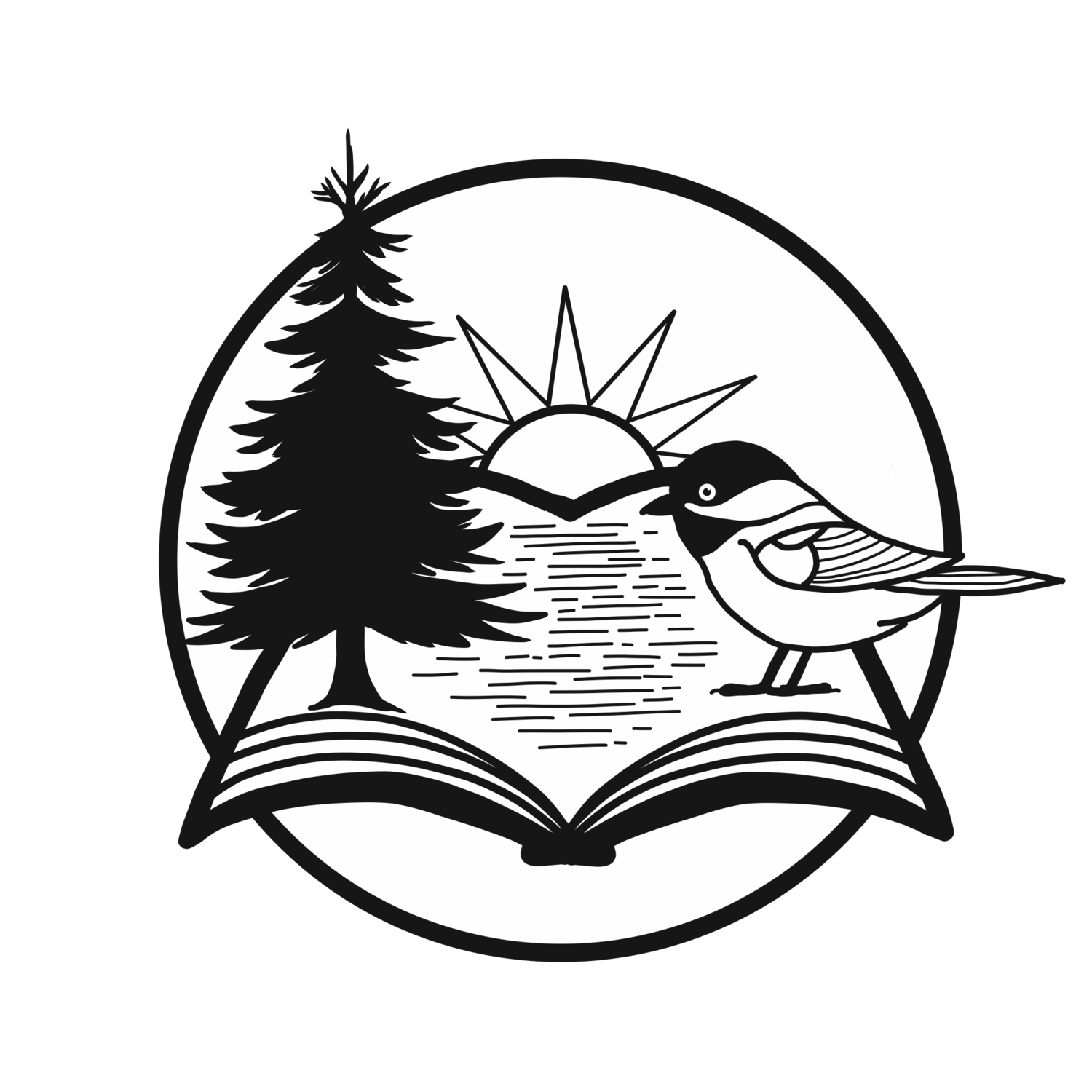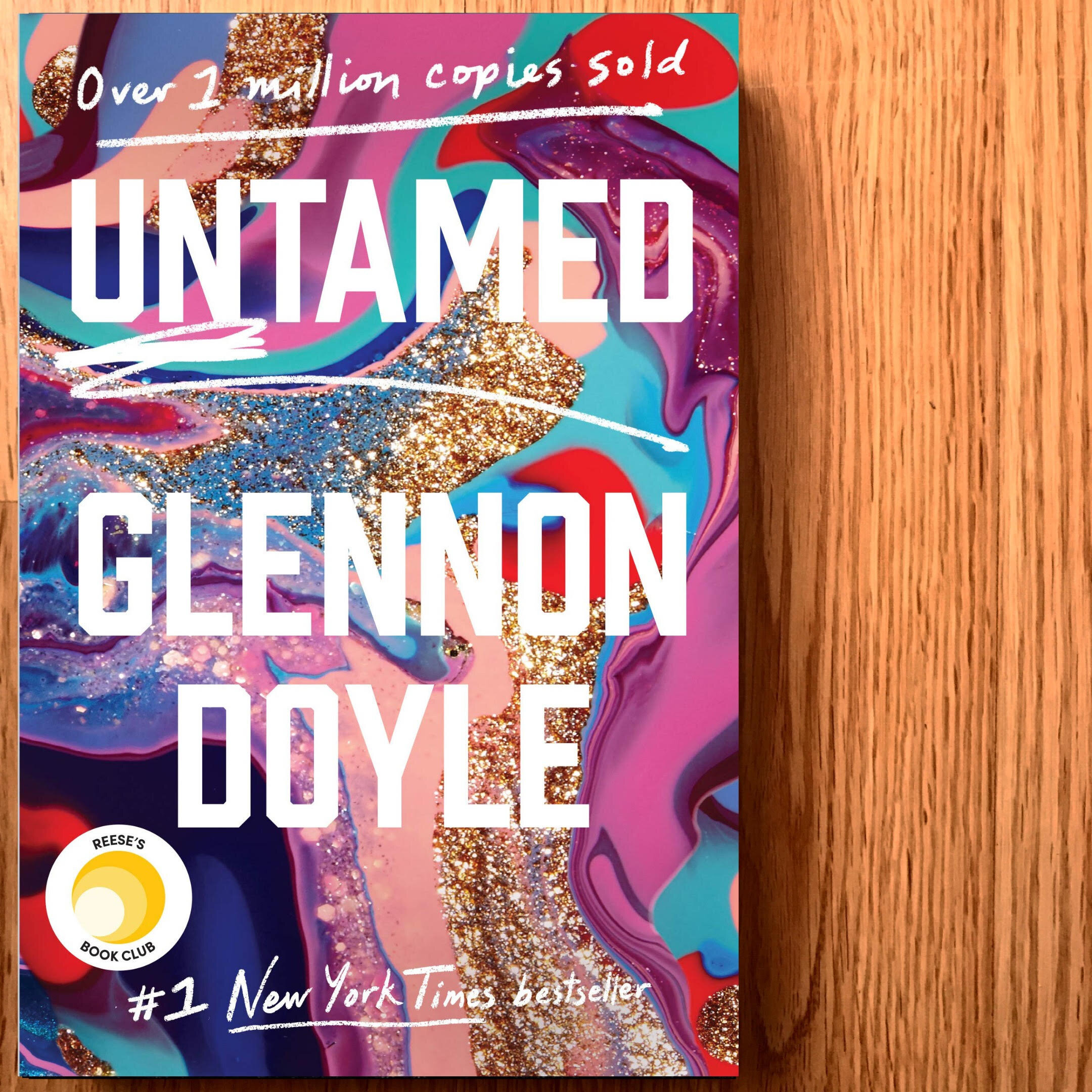One of the things I loved the most about Astra was how unique the concept was: sharing one woman’s life story through interactions with ten other characters. How did you develop this concept? Did it evolve as Astra evolved or was this the idea for the novel from the beginning?
When I started writing, I didn’t know that my first attempts would end up becoming a novel. At that point my only goal was to learn more about the craft, so I started where most people do: with one short story. That story was about a man struggling with the responsibility of becoming a father, weighing the imagined horrors that might arise by sticking around, against the relief he might feel if he just left in the middle of the night. Next I wrote a story about a teenage girl as seen through the eyes of her first boyfriend. About halfway through, I realized that the girl was the daughter of the man from my first story, that I had the seeds of a novel, and that this child was axis around which everything would turn. But it felt imperative that I continue to learn about Astra in the same manner I had in those first stories. To observe her from a distance. To not hear from her directly. To spy on her through the eyes of friends, family, and acquaintances as she aged, leaving the reader to wonder which narrator was right, which was wrong, and if anyone ever knew the “real” Astra at all. Though this concept and structure felt sort of risky and irresponsible, that was what made it exciting too. Writing about a person through all those lenses, allowed me to explore themes like gossip, judgment, control, and emotional misunderstanding, all subjects I find endlessly interesting and timeless.
I was incredibly impressed by the character development within each of the individual character’s chapters as well as Astra’s character throughout the novel. It is a feat of incredible writing to be able to develop a character so well in such a short time as you did with each of the individual voices. Did you find any of the characters particularly challenging? By contrast, were any of the characters exceptionally easy to develop?
This is a great question, and my answer is: yes and yes! Those first two stories, which soon became chapters in very different forms, ended up being my biggest struggle. Over the years I probably rewrote them twenty or thirty times, each pass from a different perspective, or a different time, or a different season, or with a different outcome. Of course they were challenging because they were some of my first pieces of writing, but those chapters were additionally tricky because they needed to capture a sense of place, to orientate the reader, and to root Astra’s start in the world. So that took time, and work, and heartbreak, and failure, and loads of patience. Other chapters came much easier. Astra’s childhood friend Kimmy for example, and Doris, one of the mother figures in the book, and Astra’s two employers, Brendon and Lauren, all those characters were an incredible joy to write for different reasons.
Did you write any part of yourself into the character of Astra?
The short answer would be no, but also… a bit? If pressed I would say that Astra is about five percent me. We didn’t have the same childhood or family dynamic at all, but my parents were more alternative than most. We didn’t have the same experiences in our teens or twenties, but I too was a little directionless. I drifted in and out of friendships and jobs and cities and houses, so I know what it’s like to take your time finding your place in yourself and in the world. At one point in the book Astra takes a similar geographic path as I did. When I left home I also moved to Calgary and got a job in a mall. Astra and I had different experiences there, but I loved writing from that place of knowledge.
In addition to the characters in the novel being well-developed, I also felt like the commune was fully conceived and expressed. In fact, the commune as a setting was almost a character itself. How did you prepare yourself to write about the commune in British Columbia? Did you complete any specific research on the communal style of living and raising children before developing it?
I grew up on Galiano Island, a place that drew a large population of hippies and back to the landers in the 70s and 80s. My parents and most of their friends had spent at least some amount of time living in intentional communities, or in communes, or founding worker cooperatives, and as a child I was fascinated by their stories of collaboration and the dramas that arose with these attempts. Yet at the time I thought all of this was fairly normal, it wasn’t until I left home and moved to the city that I realized how on the fringe the adults in my life had been. In my twenties I really wanted to make radio documentaries, and my first idea was to focus on children who had grown up in alternative communities and communes, to hear their stories, to see where they ended up once they left. I read everything I could on the subject. Fiction, non-fiction, and research papers that focused on the childrearing practices in some of the most famous communes in the United States. So it wasn’t that surprising that when I sat down and wrote my first story, I found myself writing about a commune. It was really satisfying to turn this interest and years of reading into Celestial Farm. My fictional commune is not like any place I’ve read about, but that’s one thing I learned in my research—each commune was completely original, each conceived by a dreamer, so there were no rules, I had complete freedom when it came to creating Celestial. I built the place that Raymond and Doris wanted, and I then watched with sadness as it crumbled.
One of the undercurrent stories I appreciated was Astra as a mother while she’s also growing as her own self. I felt like I could relate to the mother/son relationship she had with Hugo early on as my children are still young, particularly because she seems so attached to Hugo and her parenting style may be described as attachment parenting (whether by choice or by trauma). We see this contrast in mothering when Lauren enters the picture. How much of your own mothering experience did you draw upon to create that relationship between Astra and Hugo? Or were you inspired from another source?
I started writing Astra when I had a newborn and a four-year-old at home, a time I can barely remember, a time filled with a myriad of joys and challenges, so I’m not surprised that some of those feelings and emotions ended up working their way into the book. As a new parent I was often faced with the question, how much is too much to give, and how much is too little? Should I help my child button their shirt, or watch them fail? Should I run to them with open arms when they fall, or wait and see if they call me? Should I let them climb precariously onto the counter to grab a glass from the shelf, or serve them everything? Should I let them push another child down and sort it out on their own, or should I remove them until they apologize? Should I insist they say please and thank you every time they ask for something, or only when we are in public? It was exhausting and terrifying to know that my responses to these situations would affect my children’s relationship with the world going forward, and it was hard to forgive myself when I got it wrong. I explored this a little with Astra’s son Hugo. She was parenting to the best of her ability with the paltry toolbox she’d been given as a child, yet Lauren and the other characters in the novel judged her for her approach. I believe Astra, like everyone, was doing the best she could with what she had.
Your partner is also a writer of literary fiction. What was it like to be writing your own novel while he was writing his? Were you able to play off each other or did you need to keep your thoughts separate until you had completed your work?
It’s a gift to share an interest and passion with your best friend and partner. Every day we talk about writing, what we’re currently reading, or the struggles we may be having with our work, and those conversations are indescribably helpful. I don’t tend to discuss the specifics of my project until I’m ready to share a draft of my work, but when I do, he always reads it right away. I feel incredibly lucky to have such support!
Now that you’ve published your first novel, will there be another book from you in the near future or are you working on another creative project?
I am currently working on another novel. I can’t say much more about it at the moment because it’s in a delicate fledgling stage, but I am really excited to be trying my hand at this again!
What advice would you give to aspiring authors who are trying to navigate the publishing world?
It might be a cliché by now, but write the book you want to read! Then take your time and rewrite and edit your work as much as possible. I don’t believe you need a large writing community to look at your work, but find at least one person, preferably a strong reader who you already talk to about books, someone who understands what you’re trying to do, and then take their feedback and reading experience to heart. It took me eight years to write ASTRA, but I believe it was because I took that time that the novel was ready to find an agent and a home when I sent it out.
What is your must-read book recommendation and what book has had the most impact and influence on your writing?
Naming a must-read book is hard! I spent years working in libraries and bookstores and when recommending something, I always asked a reader what their favourite books were before I started pulling titles from the shelf. I didn’t want to send someone away with a book I adored, only to have them despise it. Reading is really subjective and every title is loved by someone! But I do read and re-read vigorously while I write. I love to read current fiction to see what folks are excited about in that specific moment, and then for inspiration and guidance on character and structure, I return to the works of Elizabeth Strout, Rachel Cusk, Louise Erdrich, Alice Munro, Kent Haruf, Anne Enright, Tessa Hadley, and Ann Patchett to name a few.
Thank you to Cedar Bowers and McClelland & Stewart for facilitating this interview!





















